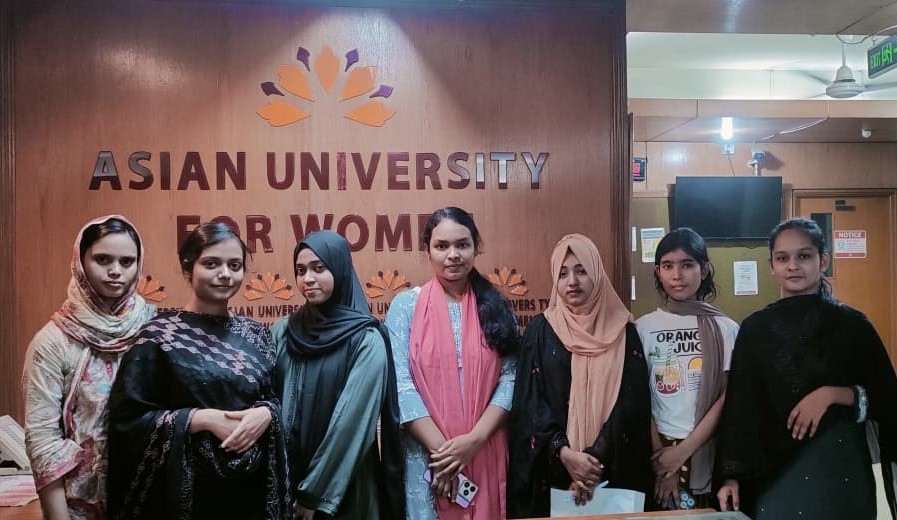An autonomous or self-driving car has been a major technological development at the dawn of the 21st century. This human-free driving is raising a vital question: which direction is technology steering us? The issuance of a patent on January 29, 1886, to Carl Benz for his “vehicle powered by a gas engine” opened a new era in transportation. Through this invention, the role of giving energy from horses was delegated to the machine, making horses unemployed. Continued progression of gasoline-powered engines led to the innovation of increasingly comfortable as well as bigger automobiles. Machine powered automobile offered higher comfort, greater speed and lower cost of transportation. Consequentially, over the last more than 100 years, the automobile industry expanded by leaps and bounds—reaching global sales of 78.6 million units of passenger cars in 2017 alone. The automobile has been a major source of employment in most of the countries. Even in developing countries, the driving of automobile has created a large number of jobs. For example, in Bangladesh alone registered 420,000 automobiles in 2017 creating a virtually equal number of driving jobs. But automobiles are also major causes of unnatural death. Road accidents caused by automobiles also destroy a significant amount of wealth. Self-driving cars offer the opportunity of making our rides in automobile safer, more convenient and also less costly. But that also leads to the loss of millions of driving jobs. Are we reaching new speeds or inevitably crashing? Is it an unpredictable revolution, or the outcome of continued progression? Should we step on the pedal or hit the breaks?
Transportation is a basic need for humankind. At the very beginning of human existence on this planet, human beings felt the necessity of having a mode of transportation. Likely the journey started with carrying kids, sick persons or elderly on the shoulder. Technology started to get introduced increasing the quality and reducing the cost, leading to a rickshaw, pulled by human beings. Horses were domesticated and given the role of supplying energy to transport vehicles, leading to horse driven carriages. But human beings were looking for better means, leading to gasoline-powered automobiles. Despite serving an essential purpose, over the last more than one century, human-driven automobiles have become a major worry as far as road accidents are concerned. Human beings take on an average 700ms to perceive a situation and take driving action, whether to apply the brake, blow horn or slowdown. During this 700ms, often accidents happen. Human errors have been the major cause behind the death of millions of lives due to accidents. According to the World Health Organization, more than 1.25 million people die each year as a result of road traffic crashes. It’s also quite disappointing to observe that 90%of the world’s fatalities on the roads occur in low- and middle-income countries, even though these countries have approximately 54% of the world’s vehicles. These horrific crashes cost most countries 3% of their gross domestic product.
Human errors have been the major cause of these road accidents. With the growth of machine intelligence technologies, the possibility of delegating roles of sensing, perceiving, reasoning and decision making from human to automobiles is opening the possibility of realizing self-driving or autonomous cars. It’s been estimated that 700ms delay would be reduced and some of the other limitations of human drivers like fatigue, intoxication or sleepiness could be addressed through autonomous machine capability. As a result, the full development of self-driving technology will lead to safer roads, less damage to lives and properties. The reduction of delay in responding to the dynamic driving situation will also reduce inter-vehicle distance resulting in higher throughput on highways.
The delegation of human roles in driving to a machine has been a continued process. Initially, the role of supplying energy was delegated from human to horses. With the growth of gasoline engines, horses were replaced. But human retained the jobs to provide primarily cognitive roles. Continued progression of technology has opened the prospect of delegating these cognitive roles to machines, making roads safer as well as more productive. Moreover, autonomous driving also increases the utilization factor of automobiles. Self-driving cars will also offer higher autonomy to growing elderly people. Despite many technology uncertainties, the possibility of achieving self-driving cars appears to be a close reality. There might be need for more structured road networks, distinctly visible traffic signals, and disciplined human movement to accommodate the transition to autonomous driving. The possibility of substantially reducing accidents leading to lower deaths and less GDP loss through autonomous driving appears to have significantly larger economic benefits than some of the preparatory costs.
The concern could be a loss of jobs. But should we protect jobs at the cost of human lives and major economic loss? Such a conflicting situation has created policy dilemma in a certain situation. For example, India’s politicians have chosen the position of saying to no to self-driving cars to protect jobs. As reported in the Washington post, India’s transport and highways minister Nitin Gadkari told the Hindustan Times in 2017: “I am very clear on this. We won’t allow any technology that takes away jobs. In a country where you have unemployment, you can’t have a technology that ends up taking people’s jobs.” On the other hand, countries like China, USA, Korea and others have been preparing to welcome such advanced forms of technology products. For example, South Korea plans to map major cities and establish a smart traffic system for autonomous driving. Similarly, as it has been reported by the China Daily newspaper citing the country’s industry ministry, China has laid out national guidelines for testing self-driving cars as it looks to keep pace with the United States in a global race to develop autonomous vehicles. By adopting autonomous cars every country will lose jobs. For example, 3 million truck drivers will lose jobs in the USA alone. But, upon adoption of safer and more productive automobiles, these countries will expand better economic growth leading to the creation of jobs in other sectors. On the other hand, countries saying no to the next generation automobile technology will fail to benefit from technology. As a result, the economy will grow at a slower rate than should have been leading to less job creation. Therefore, there is a possibility that countries by slowing the adoption or creating a barrier to self-driving cars risk suffering from net loss.
It’s not only self-driving cars, virtually every major productive activity is poised to benefit from machine intelligence. The delegation of cognitive roles from human beings to sensors and software is the evolving opportunity to improve our productive activities to offer higher quality products at lower cost. There is no denying that such cognitive role delegation leads to human free production, leading to massive job loss in existing production processes. But the underlying force created by machine intelligence is enabling us in creating increasing wealth from depleting resources to meet growing consumption appears to be non-stoppable; and presumably, we must not slow down by pursuing popular job protectionism policies. Rather, we should focus on creating greater opportunities by leveraging such technology opportunity to create more new jobs that are likely to be lost.















